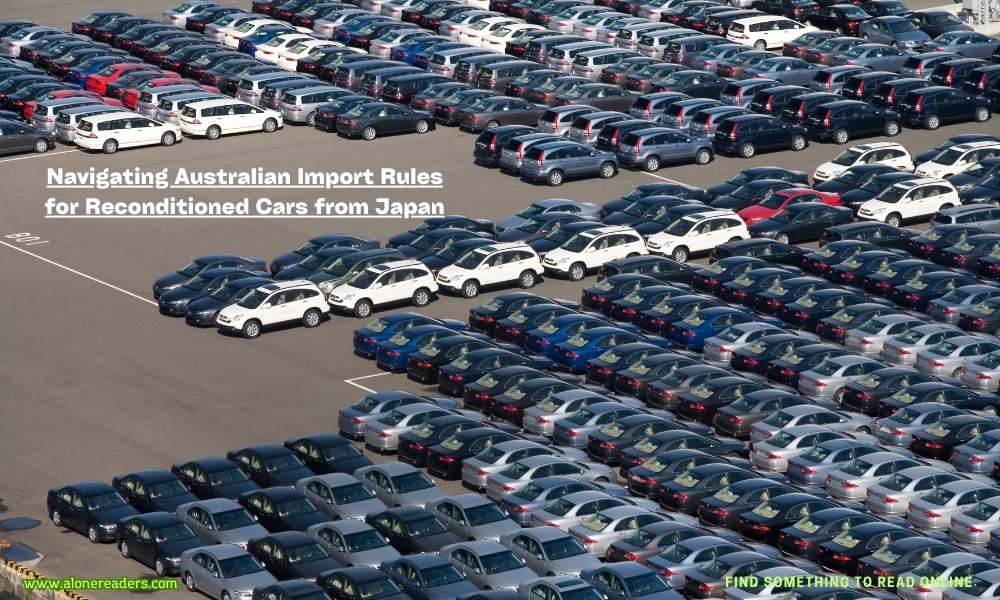
Australia's car market is diverse, offering various options ranging from new local models to imported reconditioned cars. Among these, reconditioned cars from Japan are particularly popular due to their high quality and advanced technology. However, importing these vehicles involves navigating a complex set of rules and regulations set by Australian authorities to ensure safety, environmental standards, and compliance with local laws.
Before diving into the specific regulations, it’s crucial to understand what a reconditioned car entails. Reconditioned cars, often called rebuilt or refurbished, are used cars that have been repaired and restored to a condition that meets specific safety and operational standards. In Japan, these cars often undergo rigorous refurbishing processes, making them a desirable option for import.
The primary regulatory body overseeing the import of vehicles in Australia is the Department of Infrastructure, Transport, Regional Development, and Communications. This department enforces the Motor Vehicle Standards Act 1989, which outlines the national standards for vehicle safety, anti-theft measures, and environmental performance.
To import a reconditioned car from Japan to Australia, the first step is obtaining a Vehicle Import Approval (VIA). This document is necessary for all vehicles imported into Australia, except in very specific circumstances. Applying for a VIA involves submitting detailed information about the vehicle, including its age, make, model, and the country of origin, along with proof that it meets Australian standards.
Reconditioned cars must meet several specific criteria to be eligible for import:
Once a vehicle arrives in Australia, it is subject to various taxes and duties. These include customs duty, Goods and Services Tax (GST), and Luxury Car Tax (LCT) if applicable. The rate of customs duty for vehicles is generally 5% of the vehicle's value, and GST is charged at 10%.
Australia has stringent biosecurity measures to prevent the introduction of non-native pests and diseases. All imported vehicles must undergo a quarantine inspection to ensure they are free of any foreign contaminants such as soil, plant matter, or animal material. This process can sometimes reveal issues that need to be addressed before the vehicle can be legally registered and driven.
After clearing customs and quarantine, the next step is to register the vehicle in Australia. This involves another round of inspections to ensure the vehicle complies with Australian Design Rules (ADRs). These inspections can vary from state to state, but generally, they assess aspects like emissions, safety features, and overall vehicle integrity.
Obtaining insurance for an imported reconditioned car can be more challenging than for a locally purchased vehicle. Insurance companies may require additional inspections or documentation to assess the risk and determine the premium.
Importing a reconditioned car from Japan is not without its challenges. Potential importers must be prepared for extensive paperwork, possible modifications to meet Australian standards, and sometimes lengthy wait times for processing and approvals.
Conclusion
While the process to import a reconditioned car from Japan into Australia is detailed and regulated, it offers an opportunity to own a high-quality vehicle at a potentially lower cost. By understanding and adhering to the outlined rules and regulations, importers can navigate the process successfully. Prospective importers are advised to stay informed of any changes in legislation and always seek guidance from qualified professionals to ensure compliance throughout the import process.